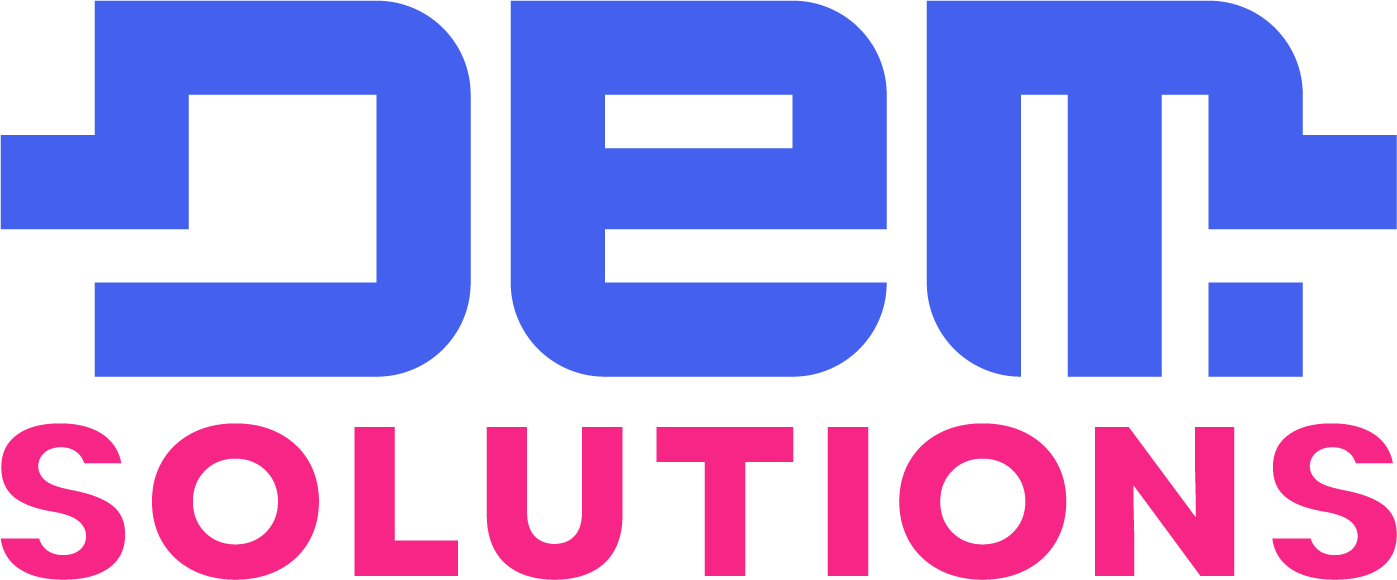The integration of Artificial Intelligence (AI) into Regulatory Technology (Regtech) represents a paradigm shift in how financial institutions manage compliance and risk. As regulatory demands escalate, the use of AI is transforming traditional manual processes into advanced, automated systems capable of handling large data sets and complex regulatory frameworks with greater accuracy and efficiency.
AI’s ability to analyze vast amounts of data at remarkable speeds places it at the forefront of innovations in compliance. Financial institutions are increasingly harnessing AI technologies to not only ensure adherence to regulations but also to optimize operational processes. This article explores the various applications of AI in Regtech and highlights the implications of these advancements for future compliance practices.
Applications of AI in Regtech
One of the most significant applications of AI in Regtech is in the domain of fraud detection. Financial institutions are utilizing machine learning algorithms to analyze transaction patterns, flagging unusual behaviors that could indicate fraudulent activities. These systems learn from historical data, identifying red flags and risk factors that may not be readily apparent to human analysts. Consequently, financial institutions can respond more swiftly to potential threats, reducing the chances of significant financial loss.
Additionally, AI is enhancing the efficiency of automated compliance checks, especially in KYC processes. By employing natural language processing (NLP), Regtech solutions can process documentation and communications in various languages, enabling firms to verify customer identities more effectively. This not only speeds up the onboarding process for clients but also helps organizations stay compliant with fluctuating regulations across different jurisdictions.
AI-driven predictive analytics is another area where Regtech is making significant strides. Institutions are increasingly turning to AI tools to forecast regulatory changes and assess their potential impact on operational models. By staying ahead of the curve, organizations can prepare for upcoming requirements, ensuring compliance while mitigating risks associated with regulatory audits.


